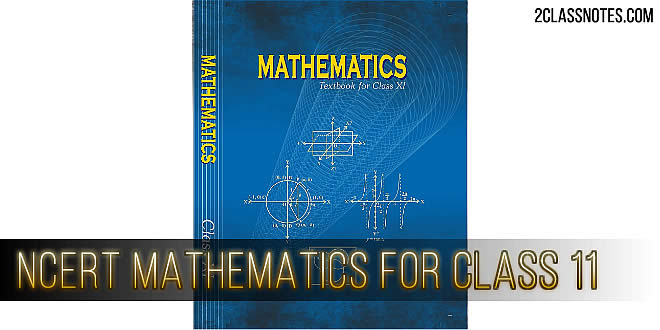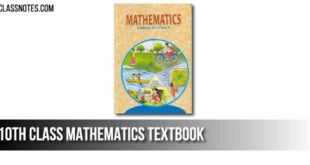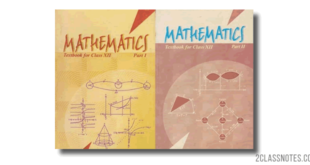Applied Mathematics Class 11 Syllabus 2024: There are eight units – (i) Numbers, Quantification and Numerical Applications (ii) Algebra (iii) Mathematical Reasoning (iv) Calculus (v) Probability, (vi) Descriptive Statistics (vii) Basics of Financial Mathematics (viii) Coordinate Geometry.
Exam Structure: Applied Mathematics Class 11 Syllabus 2024
| # | Unit | Marks |
| I | Numbers, Quantification and Numerical Applications | 9 |
| II | Algebra | 15 |
| III | Mathematical Reasoning | 6 |
| IV | Calculus | 10 |
| V | Probability | 8 |
| VI | Descriptive Statistics | 12 |
| VII | Basics of Financial Mathematics | 15 |
| VIII | Coordinate Geometry | 5 |
| Total | 80 |
Unit I: Numbers, Quantification and Numerical Applications
Numbers & Quantification
Binary Numbers
- Definition of number system (decimal and binary)
- Conversion from decimal to binary system and vice – versa
Indices, Logarithm and Antilogarithm
- Applications of rules of indices
- Introduction of logarithm and antilogarithm
- Common and Natural logarithm
Laws and properties of logarithms
- Fundamental laws of logarithm
Simple applications of logarithm and antilogarithm
- Express the problem in the form of an equation and apply logarithm / antilogarithm
Numerical Applications
Averages
- Definition and meaning
- Problems on average, weighted average
Clock
- Number of rotations of minute hand / hour hand of a clock in a day
- Number of times minute hand and hour hand coincides in a day
Calendar
- Definition of odd days
- Odd days in a year / century
- Day corresponding to a given date
Time, Work and Distance
- Basic concept of time and work
- Problems on time taken / distance covered / work done
Mensuration
- Comparison between 2D and 3D shapes
- Combination of solids
- Transforming one solid shape to another
Seating arrangement
- Linear and circular seating arrangement
- Position of a person in a seating arrangement
Unit II: Algebra
Sets
- Introduction to sets – definition
- Representation of sets
- Types of sets and their notations
- Subsets
- Intervals
- Venn diagrams
- Operations on sets
Relations
- Ordered pairs
- Cartesian product of two sets
- Relations
Sequences and Series
- Sequence and Series
- Arithmetic Progression
- Geometric Progression
- Applications of AP and GP
Permutations and Combinations
- Factorial
- Fundamental Principle of Counting
- Permutations
- Combinations
Unit III: Mathematical and Logical Reasoning
Logical reasoning
- Odd man out
- Syllogism
- Blood relations
- Coding Decoding
Unit IV: Calculus
- Functions
- Domain and Range of a function
- Types of functions
- Graphical representation of functions
- Concepts of limits and continuity of a function
- Instantaneous rate of change
- Differentiation as a process of finding derivative
- Derivatives of algebraic functions using Chain Rule
Unit V: Probability
- Introduction
- Random experiment and sample space
- Event
- Conditional Probability
- Total Probability
- Bayes’ Theorem
Unit VI: Descriptive Statistics
- Data Interpretation
- Measure of Dispersion
- Skewness and Kurtosis
- Percentile rank and Quartile rank
- Correlation
Unit VII: Financial Mathematics
- Interest and Interest Rates
- Accumulation with simple and compound interest
- Simple and compound interest rates with equivalency
- Effective rate of interest
- Present value, net present value and future value
- Annuities, Calculating value of Regular Annuity
- Simple applications of regular annuities (upto 3 period)
- Tax, calculation of tax, simple applications of tax calculation in Goods and service tax, Income Tax
- Bills, tariff rates, fixed charge, surcharge, service charge
- Calculation and interpretation of electricity bill, water supply bill and other supply bills
Unit VIII: Coordinate Geometry
- Straight Line
- Circles
- Parabola
 Class Notes NCERT Solutions for CBSE Students
Class Notes NCERT Solutions for CBSE Students





